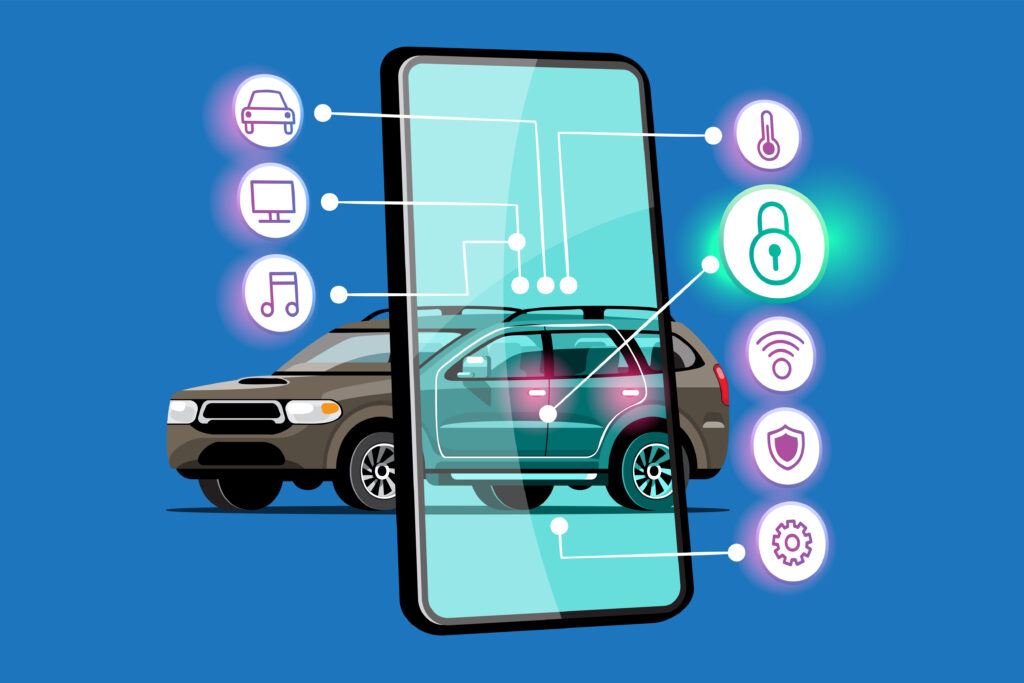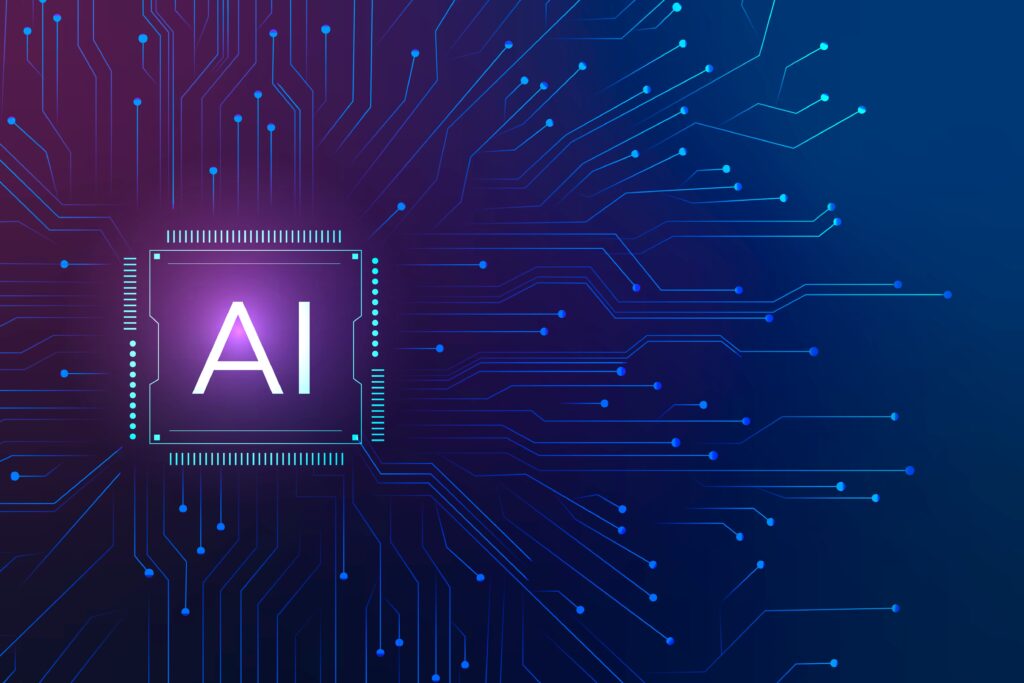Small and medium enterprises (SMBs) offer massive potential for the high-tech industry to create new and regular revenues – and this market is largely unexplored and operating differently. SMBs are showing remarkable resilience to meet the changes in demand as we move from the pandemic. They are now looking forward to expansion and increased revenue when the business environment returns to normal.
If there’s one thing that the past year taught us is the necessity to be creative, adaptable and swiftly adapt to the ever-changing landscape of businesses of all sizes to stay afloat in the current climate. Smaller enterprises that did not undergo a digital transformation could not work remotely, and collaboration was restricted to the tools of spreadsheets or emails. Many SMBs were dependent on paper or manual processes, which hindered the continuation of operations and sustained growth.
High-technology companies have an excellent chance to tap into this market to gain new customers, create more revenue, and develop regular revenue streams in the future. However, many high-tech firms cannot successfully focus, service and grow this market since they aren’t aware of SMB requirements and expectations. As these companies shift towards business models of as-a-services, they are beginning to realize the significance of their role in the SMB market. They are looking to enhance their offerings to meet the needs of SMB customers.
How Is Adopting Intelligent Automation Beneficial?
One of the reasons intelligent automation is growing so rapidly in popularity for companies large and small is because of the numerous benefits this mix of technology can bring to the work environment.
Let’s examine some of the more frequent enhancements companies have seen through these techniques.
Improved customer satisfaction
The foundation of any profitable business is happy customers. Using IA to improve processes and analyze data from customers is the best way to cut down on time wasted by employees sifting through information so that they can concentrate on providing excellent customer service.
In transferring the tedious tasks of document entry, data entry and verification of data from a human to a machine, processing speeds up and is more accurate. This results in a more pleasant customer experience, loyalty, and a more secure customer base.
Improved process efficiency
One of the main advantages distinguishing IA is its capacity to speed up processing times and has a significant connection with speed improvement and satisfaction of customers.
By utilizing advanced processes, IA addresses bottlenecks and corrects and addresses issues.
In addition, it can be utilized to forecast demands, preventing bottlenecks from occurring by anticipating them in advance and creating the best practices to ensure smoother, faster workflows.
Machine learning algorithms are proficient in acquiring data, processing, reporting and storing massive amounts of valuable data. They can find hard-to-find information on customer and workflow patterns which can lead to improvements in the process.
Significant cost reduction
When the strain of human work is lessened through an IA system that works 24/7 on projects, There are substantial savings in costs over years and months.
The savings increase is attributable to the capacity of IA to perform consistently with no regard to working hours, which results in a significant output growth that is lower than the wage rate of employees.
Reduction of the possibility of human error
Human errors in data entry could decrease accuracy, skew the results of statistical analysis, and have a massive impact on your entire business process.
However, using IA methods can drastically minimize the chance of human error using software bots designed to handle repeatable tasks like the process of documentation, which is normally entrusted to human workers.
They can do this with the same interfaces to the system and applications, with no disruption or effect on the organization’s IT architecture.
Rise in Employee engagement.
While the concept of IA frequently conjures images of job loss, this is not the case. Instead, IA technology is engaging. IA technology frees employees from burdensome, repetitive tasks so they can focus on more rewarding and valuable work.
If they can focus their time on engaging or strategic work, employees shift from fear to acceptance and experience a sense of work satisfaction that increases loyalty and engagement.
Intelligent Automation Vs RPA for SMBs
Determining the best option for your company can be challenging. “How does robotic process automation differ from intelligent automation?” That’s why we have decided to give you the most comprehensive and concise answer.
The primary differentiator, the most significant difference between IA and robotic process automation, is the degree of complexity. RPA is a relatively easy technology that is simple to use and does not require any high level of technical know-how. Automated and intelligent technology is more intricate and requires a high level of knowledge about AI machine learning, AI, and others. Incorporating intelligent automation technologies requires an advanced level of technical proficiency and could require significant investments in infrastructure and technology.
Although RPA and IA have some commonalities, they are entirely distinct technologies. RPA is a specific kind of automation technology designed to perform tasks within a bigger process. However, smart automation can be a broad term that refers to integrating various technologies and automating complex business processes from beginning to end.
The Intelligent Automation Trends in 2023
1. RPA is predicted to be widely used across a variety of industries:
The acclaim of RPA has risen because of its capability to duplicate human actions and complete tasks more efficiently. Its widespread use across various sectors, such as insurance, banking, finance, and healthcare, has resulted in improved efficiency in operations, reduced time-to-market and increased security. Therefore, RPA plays a major part in Intelligent Automation.
2. The development of no-code or low-code platforms is anticipated:
The popularity of no-code and low-code Automation has risen during the past few years. These programs do not require extensive coding knowledge, which has increased use in both non-tech and tech sectors. Since the need for coding is becoming more important as technology advances, the popularity of low-code and no-code programs will likely continue to increase.
3. The widespread use of Generative AI technology is increasing:
Utilizing AI methods and algorithms, machine learning is a way to learn Generative AI can process information from various sources, like audio, text, and video files, and create new work. Its potential applications include creating code, image processing, drug discovery, and boosting commercial growth.
4. Robots that collaborate are growing in recognition in a variety of sectors:
Collaborative robots are designed to work with humans working in offices, and large and small businesses often use them to perform tasks like lifting heavy objects from warehouses or for intelligent removal of assembly lines. The usage of these robots has grown across a variety of sectors.
5. Augmented intelligence’s impact is growing quickly:
It aims to improve cognitive performance through collaboration between robots and humans. Augmented intelligence helps in capturing both unstructured and structured data effectively on a variety of platforms.
Final Thoughts
Intelligent automation systems can offer businesses a broad array of benefits, ranging from boosting efficiency and productivity to reducing costs while improving the experience of customers. Through harnessing the capabilities that come from AI and RPA, businesses can gain new levels of innovation and flexibility and thrive in the modern age.



